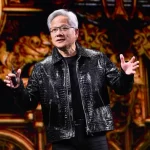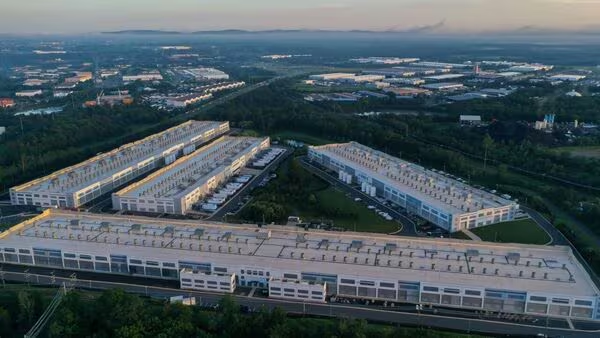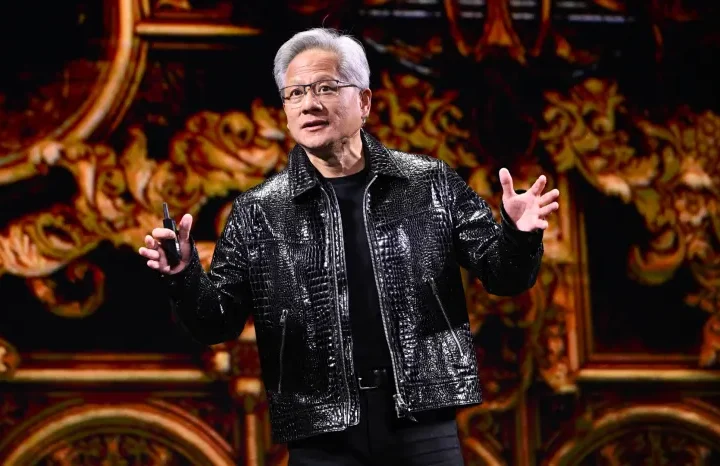The intersection of technology and fashion has birthed groundbreaking innovations, reshaping the industry’s landscape and consumer interactions. However, amidst these advancements, Levi’s recent unveiling of AI-generated virtual clothing models has ignited a contentious debate within the fashion realm. While heralded as a breakthrough in representation and engagement, the initiative has sparked concerns regarding diversity and the potential displacement of traditional models.
The Emergence of AI-Generated Models: In a pioneering move, Levi’s partnered with AI design company Lalaland.ai to introduce virtual models showcasing their apparel online. This initiative aimed to elevate consumer experience and visualization, allowing shoppers to envisage Levi’s garments on virtual individuals.
Challenges of Diversity: Despite its innovative premise, the AI modeling experiment faced immediate scrutiny over the lack of diversity among the virtual models. Critics highlighted the absence of representation across various races, body types, and identities, questioning the initiative’s alignment with the industry’s push for inclusivity and diverse beauty standards.
Threat to Traditional Models: A significant concern stemming from Levi’s AI modeling venture is the potential displacement of traditional professional models. Critics fear that widespread adoption of AI-generated models could lead to job losses within the modeling industry, impacting stakeholders ranging from agencies to stylists.
Ethical Considerations: The fusion of technology and fashion underscores the importance of ethical introspection. Brands like Levi’s hold a unique position in influencing societal perceptions and norms. As such, there is a pressing need to balance innovation with ethical responsibility, particularly concerning diversity and inclusivity.
Striking a Balance: While AI-driven innovations present exciting opportunities for the fashion industry, they must be approached with caution. Balancing innovation with the preservation of traditional modeling livelihoods and values is essential for ensuring a harmonious transition into the future of fashion.
Conclusion: Levi’s bold venture into AI-generated models has sparked a vital discourse surrounding diversity, representation, and ethical responsibility in the fashion industry. While the potential of AI to revolutionize consumer engagement is undeniable, its implications for human-centric sectors like modeling demand careful consideration. As the fashion world navigates this technological frontier, finding a balance between innovation and responsibility will be crucial in shaping its future trajectory and societal impact.















